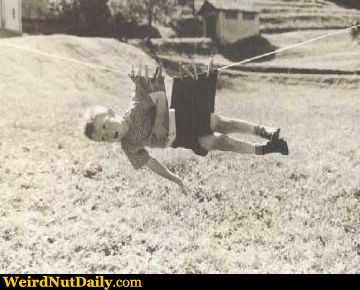Yeah, no need to log the compressions, just "Removed, clean and gapped plugs, reinstalled." Since the compression test is NOT maintenance that information is not required to be entered.
What I would do is just track the compressions in a separate 'unofficial' document.
That's what I would do too, and it sounds like others here would as well.
I think this thread really got derailed when the insistence was to write the values in the logbook. I don't understand the obsession with this, if the numbers need to be written down they can be documented in a separate notebook.

 Not me! I am one lousy mechanic! I hardly ever read this forum for fear I'll be found out. I have the license and that's it. I twisted wrenches for four years in the USAF and another six months or so afterwards until I got a flying job. The experience, though, was priceless for helping understand aircraft systems and interfacing with the real mechanics working on my company's airplane. I've discussed thousands of discrepancies as part of that oversight and enjoyed the aircraft maintenance business from that vantage point. There are really some super smart people out there who won't accept anything less than perfection and it's a joy to work with them. That's why I have so little regard for the owner who, say, runs down to K-mart for pop rivets to fix the loose oil door on his cowling. (Disclaimer: Do not even think I'm trying to say anybody in this thread is like that! I am not!)
Not me! I am one lousy mechanic! I hardly ever read this forum for fear I'll be found out. I have the license and that's it. I twisted wrenches for four years in the USAF and another six months or so afterwards until I got a flying job. The experience, though, was priceless for helping understand aircraft systems and interfacing with the real mechanics working on my company's airplane. I've discussed thousands of discrepancies as part of that oversight and enjoyed the aircraft maintenance business from that vantage point. There are really some super smart people out there who won't accept anything less than perfection and it's a joy to work with them. That's why I have so little regard for the owner who, say, runs down to K-mart for pop rivets to fix the loose oil door on his cowling. (Disclaimer: Do not even think I'm trying to say anybody in this thread is like that! I am not!)


